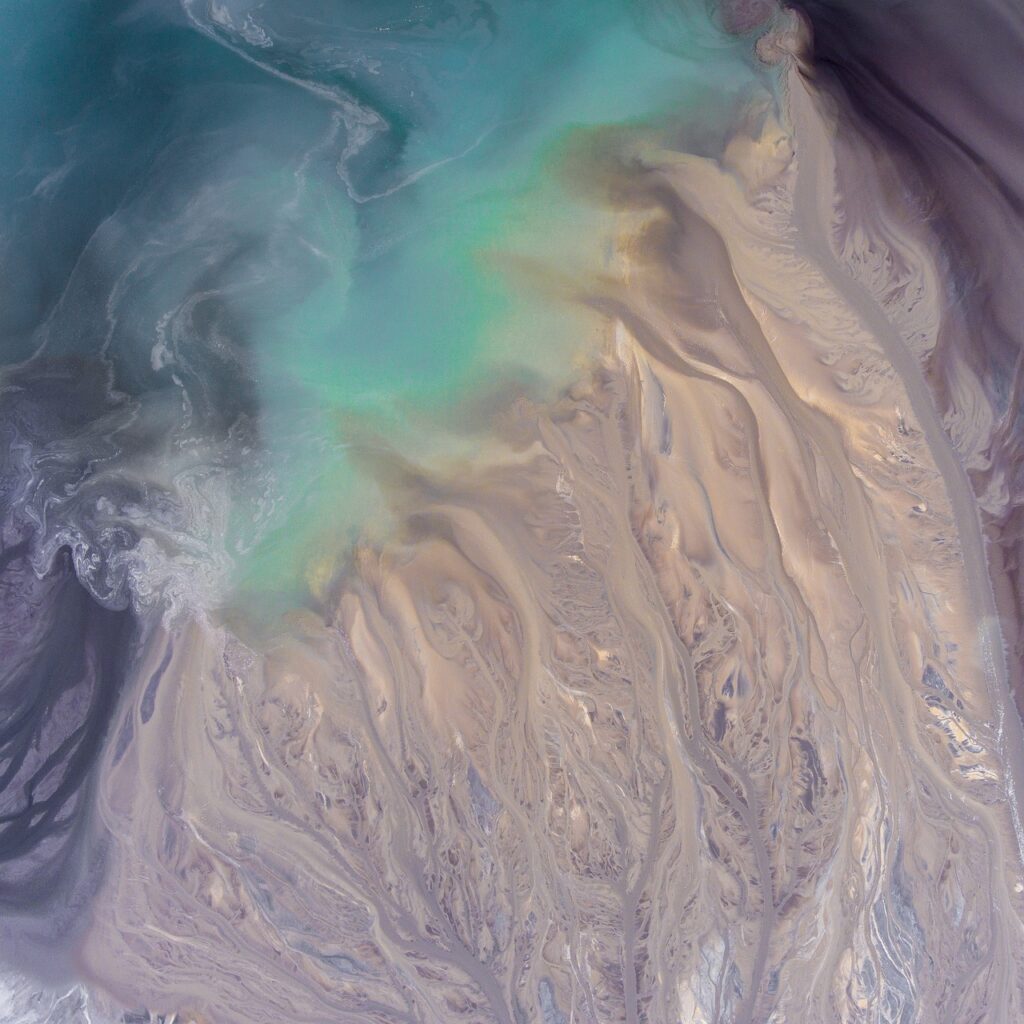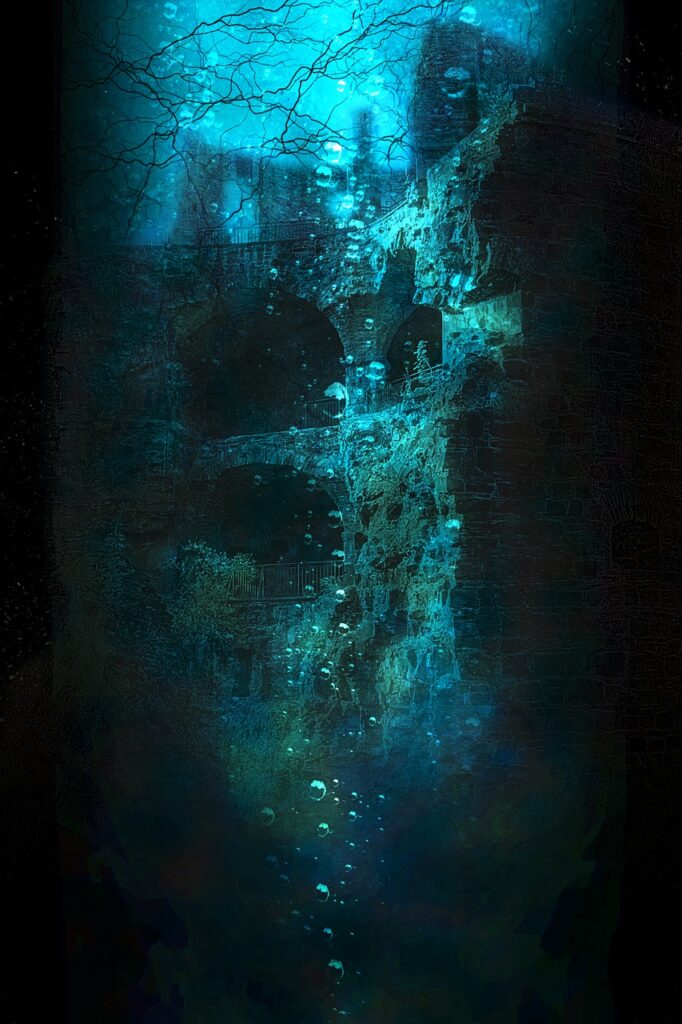Water damage to your ceiling should never be taken lightly. It may seem like a small issue at first, but the consequences can be far more serious than you might imagine. From structural damage to mold growth and compromised air quality, the effects of water damage can have detrimental effects on both your health and the value of your property. In order to fully grasp the gravity of this situation, it is crucial to delve into the various risks associated with water damage and take the necessary steps to address them promptly and effectively.
Understanding the Seriousness of Water Damage to Your Ceiling
Water damage to your ceiling is a serious issue that should not be taken lightly. It can lead to a wide range of problems, including structural damage, mold and mildew growth, fire hazards, and even electrical damage. In order to address and resolve water damage to your ceiling effectively, it is essential to understand the causes, signs, types, and potential health hazards associated with this issue. Furthermore, knowing whether your insurance covers water damage can play a significant role in managing the financial aspect of repairs. Let’s delve into each aspect of water damage to your ceiling in detail:

This image is property of pixabay.com.
Effects of Water Damage on Ceilings
When water infiltrates your ceiling, it can have several detrimental effects. These effects include discoloration, sagging, peeling paint or wallpaper, and visible stains. These are not only unsightly but can also diminish the aesthetic appeal of your home or business. Ignoring these effects can lead to further deterioration of the ceiling, compromising its structural integrity and potentially causing other safety hazards.
Causes of Water Damage to Ceilings
There are various causes of water damage to ceilings, and understanding these causes can help prevent future issues. Some common causes include leaking pipes, roof leaks, condensation, faulty plumbing, and even natural disasters such as floods or storms. Regular inspection and maintenance can help identify any underlying issues and prevent water damage from occurring.

This image is property of pixabay.com.
Signs of Water Damage on Ceilings
Recognizing the signs of water damage on your ceiling is crucial for early detection and prompt action. Some signs to be aware of include water stains or discoloration, dampness or moisture, peeling or bubbling paint, sagging or drooping ceiling, and a musty odor. If you notice any of these signs, it is vital to investigate the source of the water and address the issue promptly to avoid further damage.
Types of Water Damage to Ceilings
Water damage to ceilings can fall into different categories, including clean water damage, grey water damage, and black water damage. Clean water damage typically stems from a broken pipe or leaky faucet and poses the least health risk. Grey water damage involves water from appliances or sources containing slight contaminants, while black water damage is the most severe and hazardous, typically resulting from sewage backups or flooding. Different types of water damage require different approaches to remediation and cleanup.

This image is property of pixabay.com.
Potential Health Hazards
Water damage to your ceiling can give rise to various health hazards, particularly when mold and mildew start to grow. Exposure to mold and mildew can lead to respiratory problems, allergic reactions, and other health issues, especially in vulnerable individuals such as children, the elderly, or those with pre-existing respiratory conditions. Prompt intervention and remediation are crucial to minimizing the health risks associated with water damage.
Structural Damage
If left unaddressed, water damage to your ceiling can cause significant structural damage. The constant exposure to moisture weakens the structural integrity of the ceiling, leading to sagging, cracking, or even collapse in severe cases. The longer water damage goes unnoticed or unaddressed, the more extensive the damage becomes, making repairs more costly and time-consuming.
Mold and Mildew Growth
One of the most concerning consequences of water damage to your ceiling is the growth of mold and mildew. These organisms thrive in damp environments and can quickly colonize your ceiling and surrounding areas. Mold and mildew not only contribute to a musty and unpleasant odor but also pose health risks as mentioned earlier. It is essential to address water damage promptly to prevent mold and mildew growth and mitigate their potential negative impacts.
Fire Hazard
Water damage to your ceiling can also create a fire hazard. Exposed electrical wiring or electrical fixtures that come into contact with water can short circuit, leading to sparks or electrical fires. It is crucial to ensure that any electrical components near the water-damaged area are thoroughly inspected, repaired, or replaced to eliminate the risk of fire.
Electrical Damage
In addition to fire hazards, water damage to your ceiling can also cause electrical damage. Water intrusion can corrode wiring, electrical outlets, or appliances, rendering them unsafe and non-functional. It is essential to have a professional electrician assess the extent of the electrical damage and make the necessary repairs to ensure the safety of your home or business.
Insurance Coverage for Water Damage
Understanding your insurance coverage for water damage to your ceiling is vital in managing the financial aspect of repairs. Depending on the policy you have, water damage may or may not be covered. It is advisable to review your insurance policy carefully and consult with your insurance provider to determine the extent of coverage and potential reimbursement for water damage restoration.
In conclusion, water damage to your ceiling should not be underestimated. The seriousness of this issue lies in the potential health hazards, structural damage, mold growth, fire hazards, electrical damage, and financial implications. By understanding the causes, signs, types, and potential consequences of water damage to your ceiling, you can take proactive measures to prevent, address, and mitigate such issues effectively. Remember to consult professionals, such as plumbers, contractors, and electricians, when dealing with water damage to ensure proper remediation and restoration.
